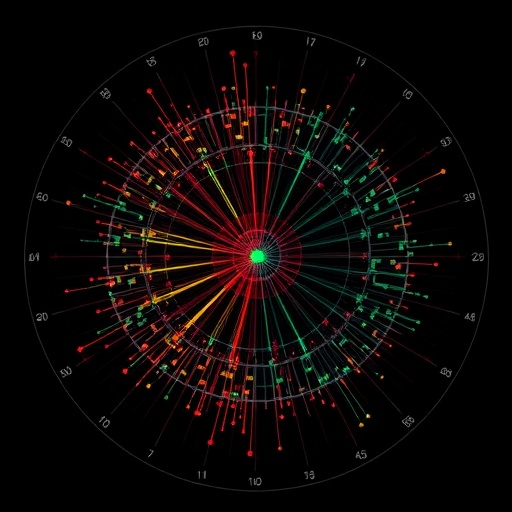Scientists gain a deeper understanding of phenomena at macroscopic scale by simulating the consequences of having an infinite number of physical phenomena at quantum scale
In quantum mechanics, the Heisenberg uncertainty principle prevents an external observer from measuring both the position and speed (referred to as momentum) of a particle at the same time. They can only know with a high degree of certainty either one or the other–unlike what happens at large scales where both are known. To identify a given particle’s characteristics, physicists introduced the notion of quasi-distribution of position and momentum. This approach was an attempt to reconcile quantum-scale interpretation of what is happening in particles with the standard approach used to understand motion at normal scale, a field dubbed classical mechanics.
In a new study published in EPJ ST, Dr J.S. Ben-Benjamin and colleagues from Texas A&M University, USA, reverse this approach; starting with quantum mechanical rules, they explore how to derive an infinite number of quasi-distributions, to emulate the classical mechanics approach. This approach is also applicable to a number of other variables found in quantum-scale particles, including particle spin.
For example, such quasi-distributions of position and momentum can be used to calculate the quantum version of the characteristics of a gas, referred to as the second virial coefficient, and extend it to derive an infinite number of these quasi-distributions, so as to check whether it matches the traditional expression of this physical entity as a joint distribution of position and momentum in classical mechanics.
This approach is so robust that it can be used to replace quasi-distributions of position and momentum with time and frequency distributions. This, the authors note, works for both well-determined scenarios where time and frequency quasi-distributions are known, and for random cases where the average of time and average of frequency are used instead.
###
References
From von Neumann to Wigner and beyond.J. S. Ben-Benjamin, L. Cohen and M. O. Scully (2019), Eur. Phys. J. Spec. Top. (2019) 227: 2171. DOI 10.1140/epjst/e2018-800063-2
Media Contact
Sabine Lehr
[email protected]
http://dx.





